-
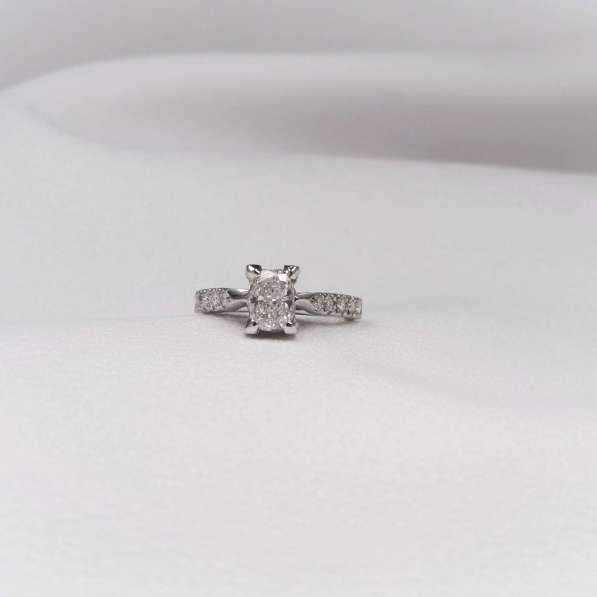 Allure Cathedral Style Engagement Rings
Allure Cathedral Style Engagement Rings -
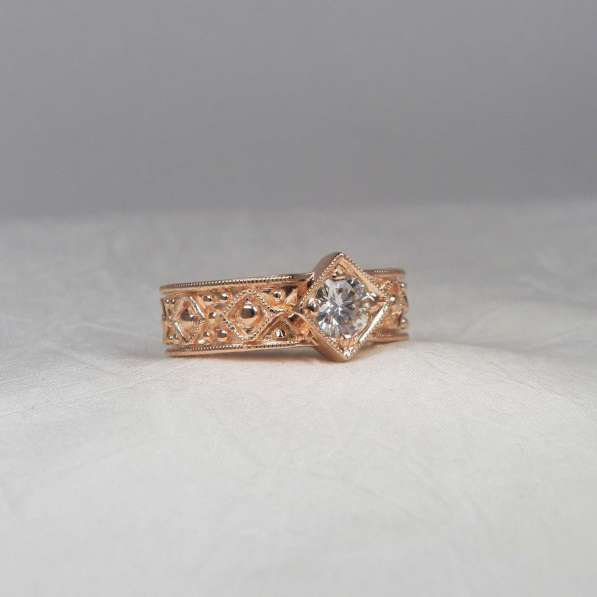 Allure Celtic Style Engagement Rings
Allure Celtic Style Engagement Rings -
 Allure Cushion Halo Diamond Engagement Rings
Allure Cushion Halo Diamond Engagement Rings -
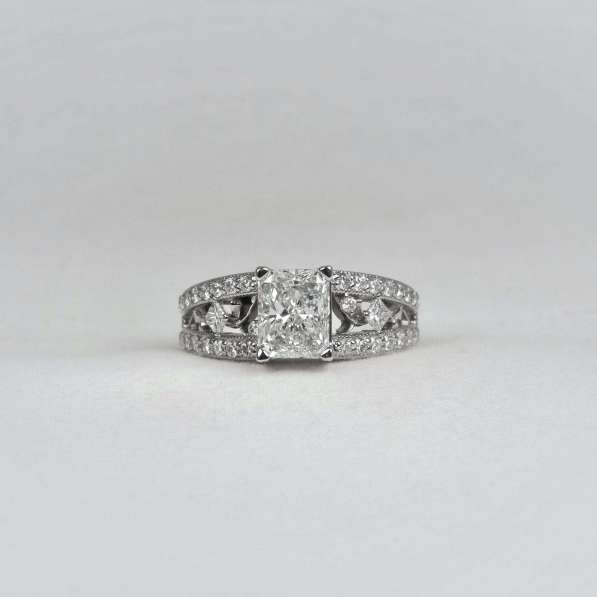 Allure Custom Accented Engagement Rings
Allure Custom Accented Engagement Rings -
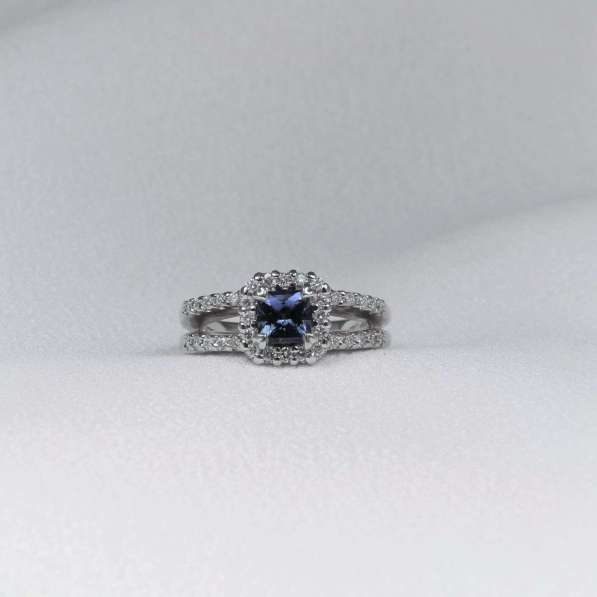 Allure Diamond and Gemstone Style Engagement Rings
Allure Diamond and Gemstone Style Engagement Rings -
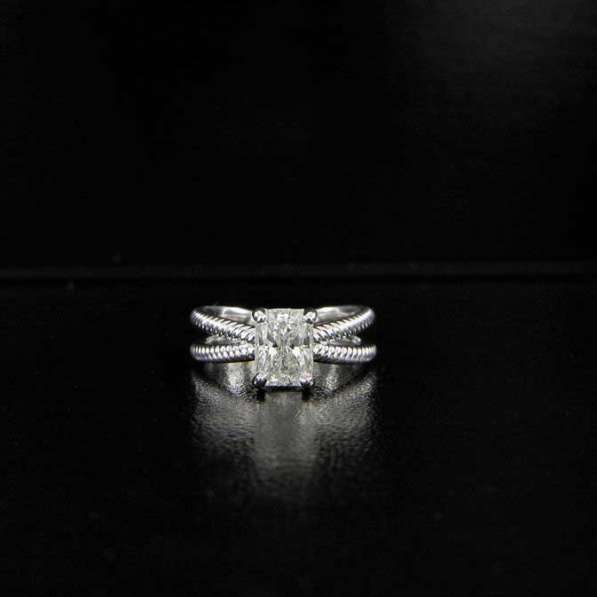 Allure Diamond Engagement Ring
Allure Diamond Engagement Ring -
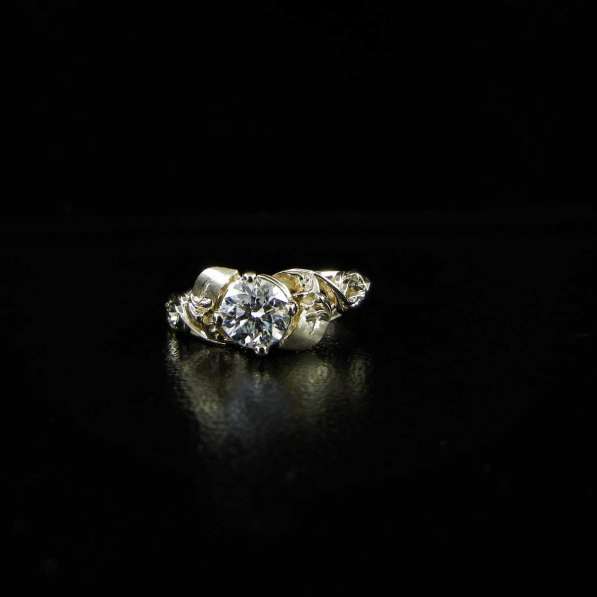 Allure Diamond Engagement Ring
Allure Diamond Engagement Ring -
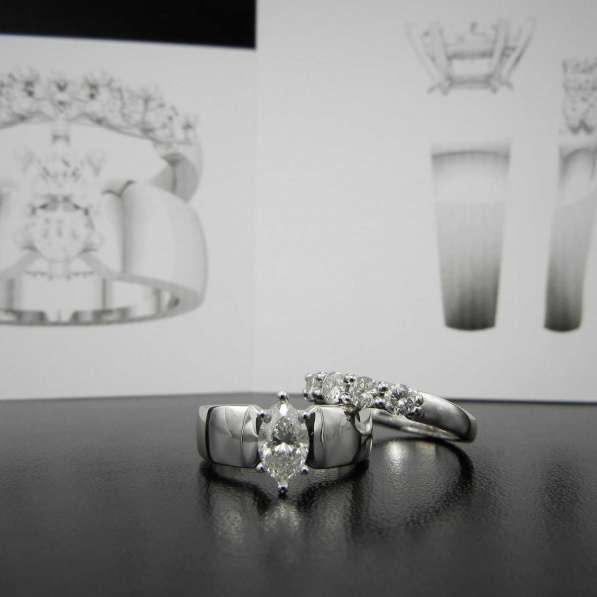 Allure Diamond Engagement Ring
Allure Diamond Engagement Ring -
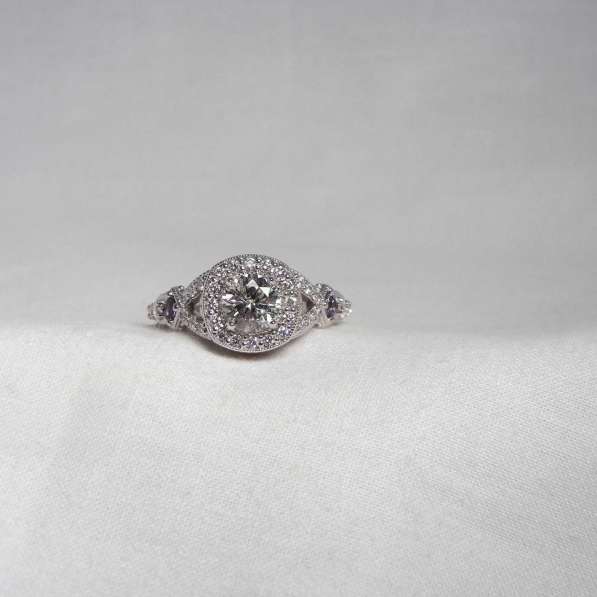 Allure Diamond Engagement Ring
Allure Diamond Engagement Ring -
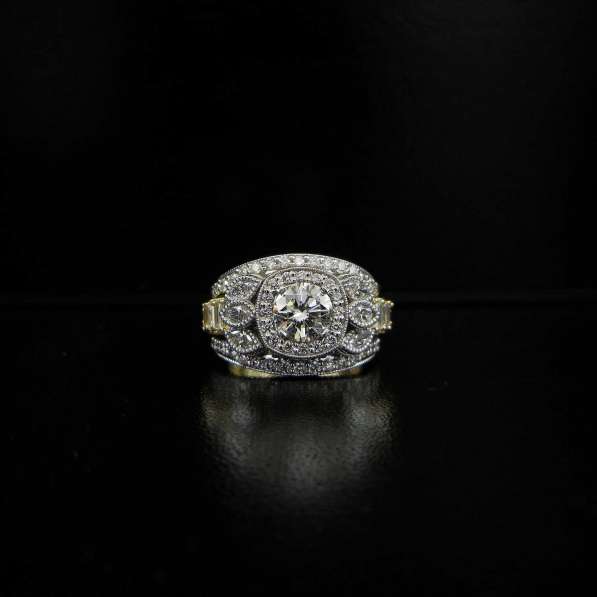 Allure Diamond Engagement Ring
Allure Diamond Engagement Ring -
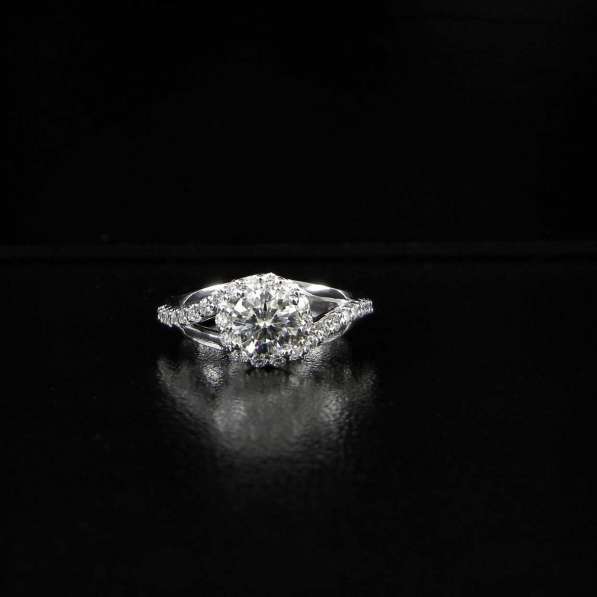 Allure Diamond Engagement Ring
Allure Diamond Engagement Ring -
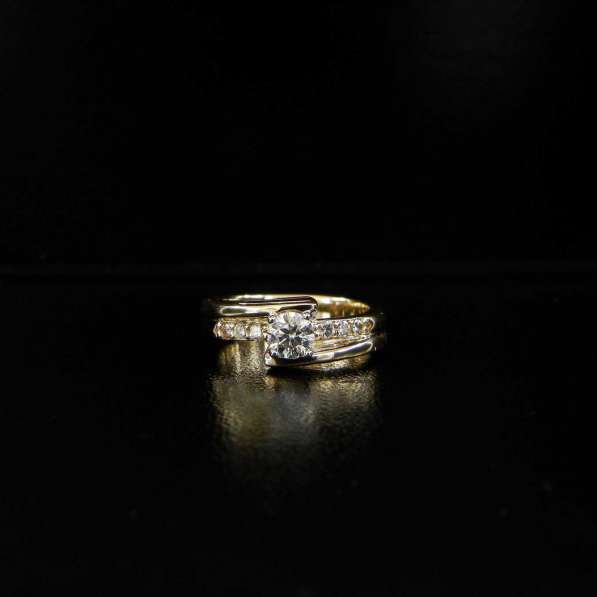 Allure Diamond Engagement Ring
Allure Diamond Engagement Ring -
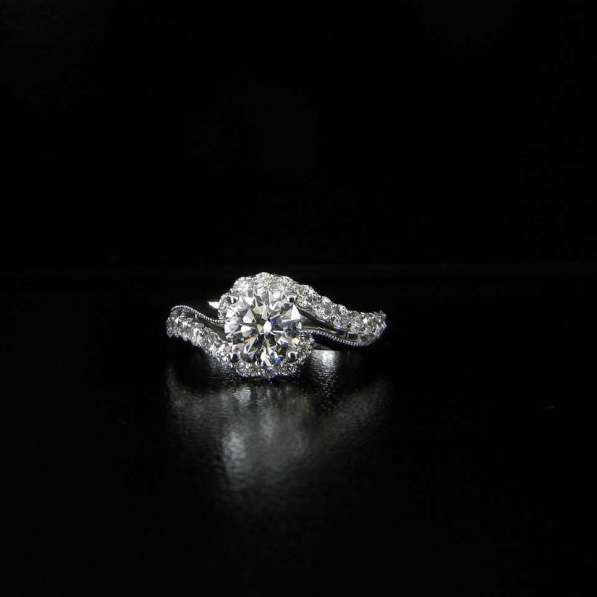 Allure Diamond Engagement Ring
Allure Diamond Engagement Ring -
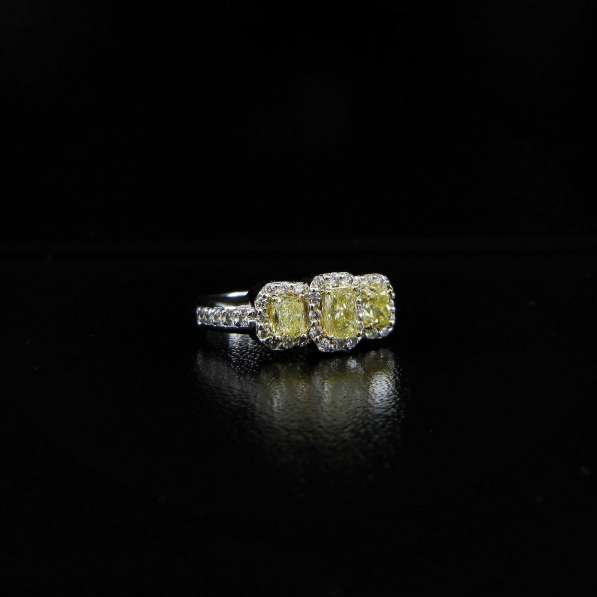 Allure Diamond Engagement Ring
Allure Diamond Engagement Ring -
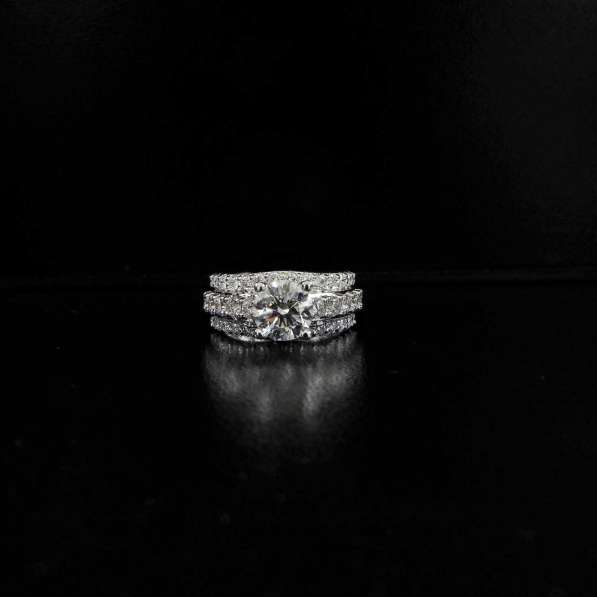 Allure Diamond Engagement Ring
Allure Diamond Engagement Ring -
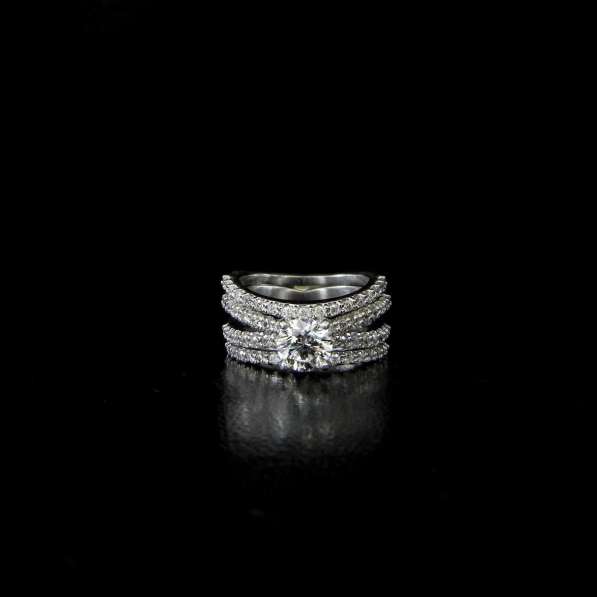 Allure Diamond Engagement Ring
Allure Diamond Engagement Ring -
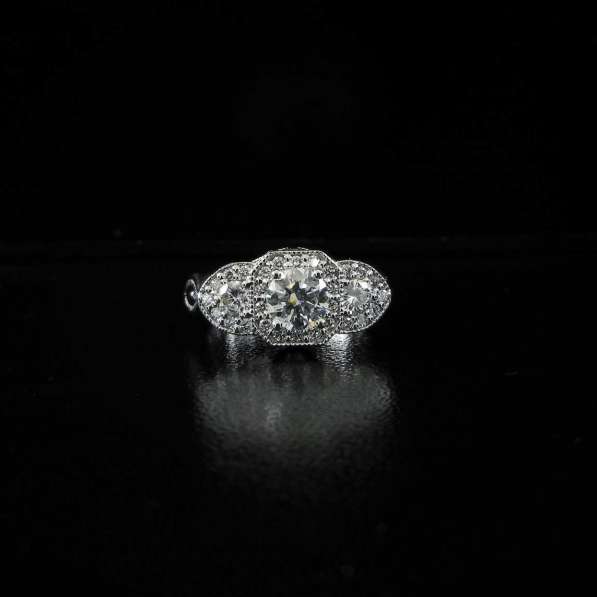 Allure Diamond Engagement Ring
Allure Diamond Engagement Ring -
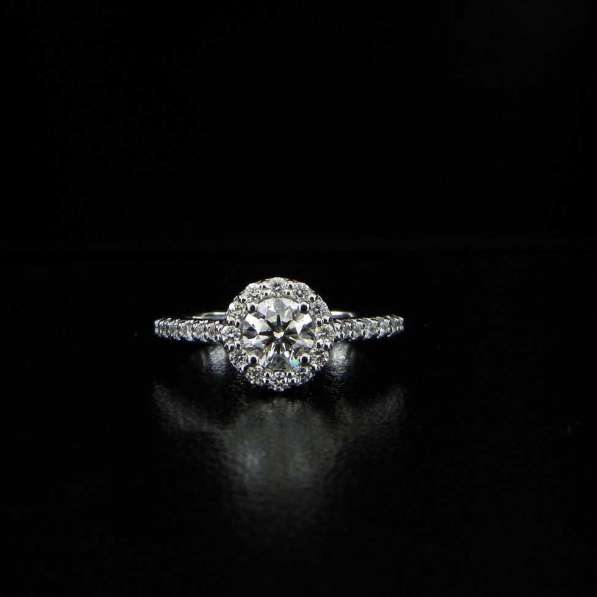 Allure Diamond Engagement Ring
Allure Diamond Engagement Ring -
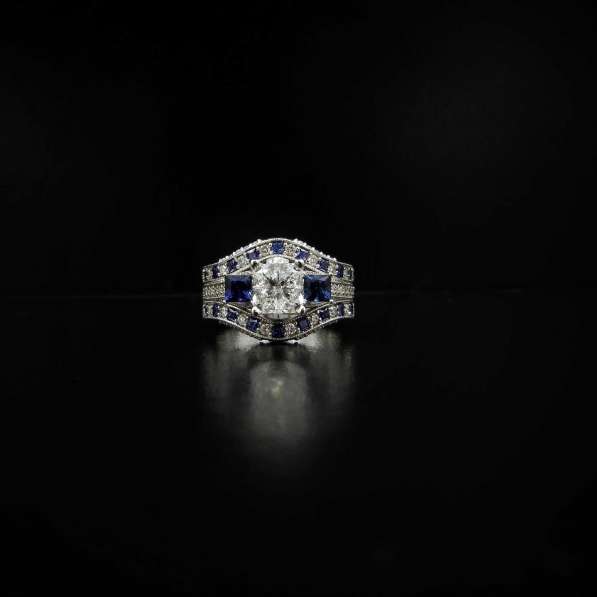 Allure Diamond Engagement Ring
Allure Diamond Engagement Ring -
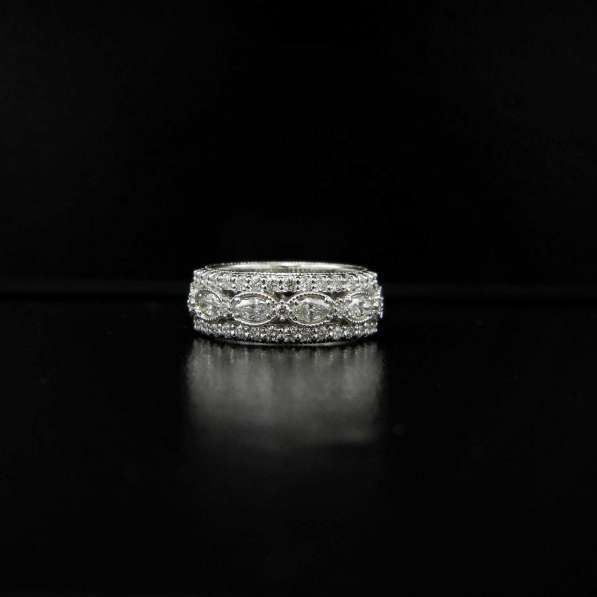 Allure Diamond Engagement Ring
Allure Diamond Engagement Ring -
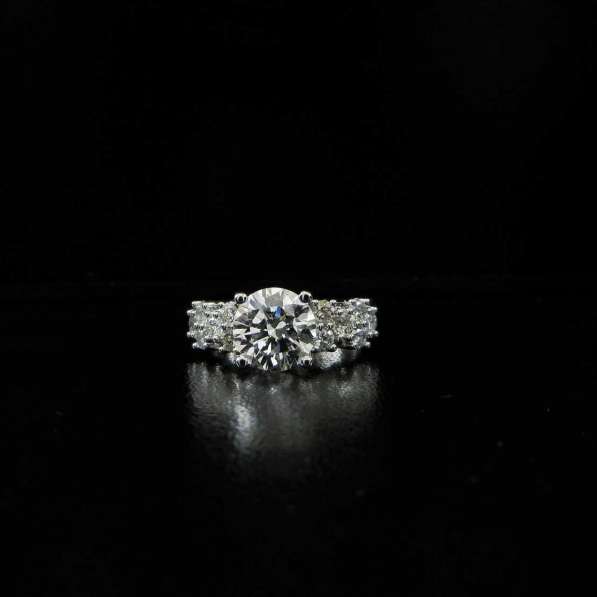 Allure Diamond Engagement Ring
Allure Diamond Engagement Ring -
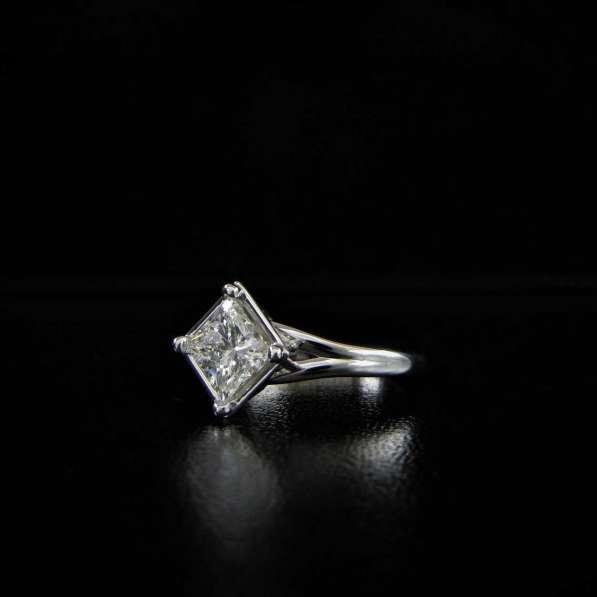 Allure Diamond Engagement Ring
Allure Diamond Engagement Ring -
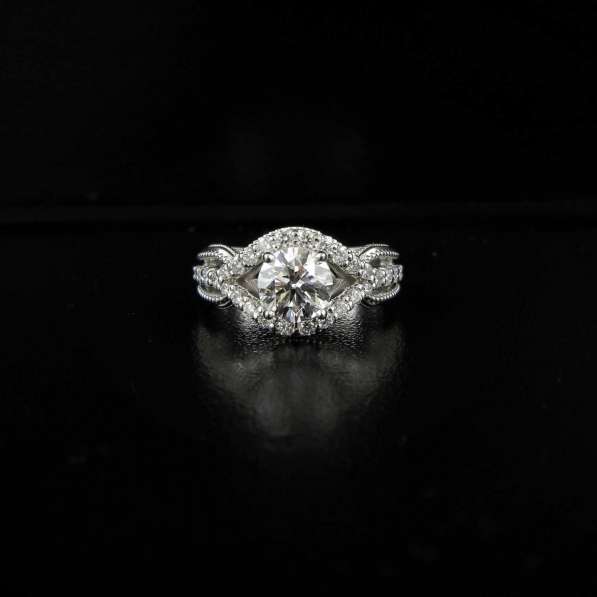 Allure Diamond Engagement Ring
Allure Diamond Engagement Ring -
 Allure Diamond Engagement Ring
Allure Diamond Engagement Ring -
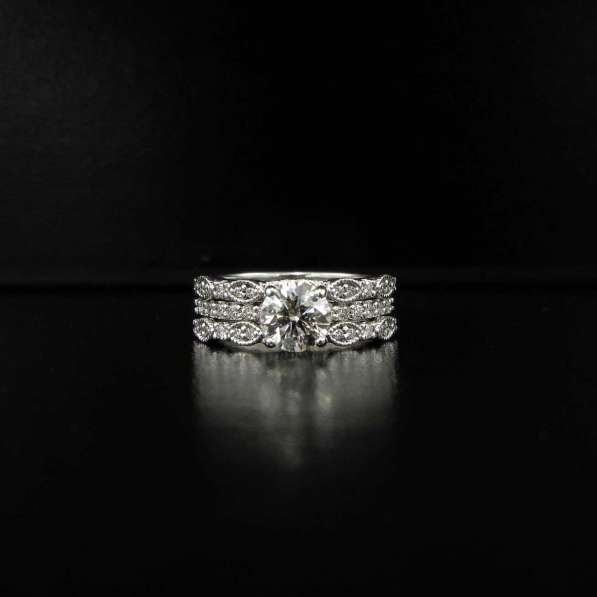 Allure Diamond Engagement Ring
Allure Diamond Engagement Ring -
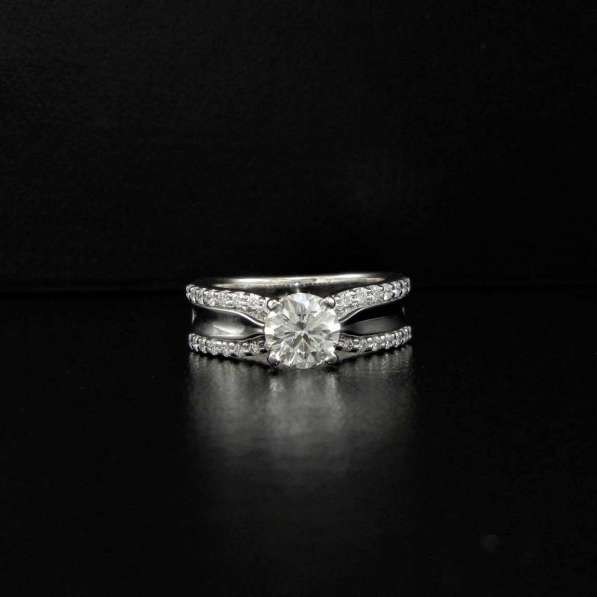 Allure Diamond Engagement Ring
Allure Diamond Engagement Ring -
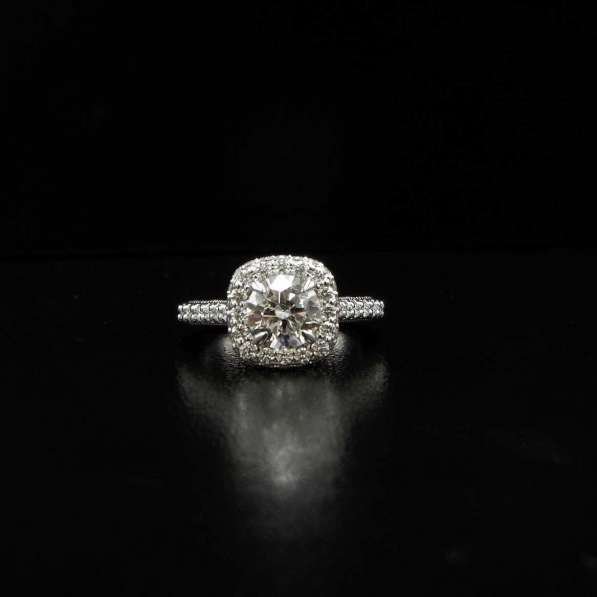 Allure Diamond Engagement Ring
Allure Diamond Engagement Ring -
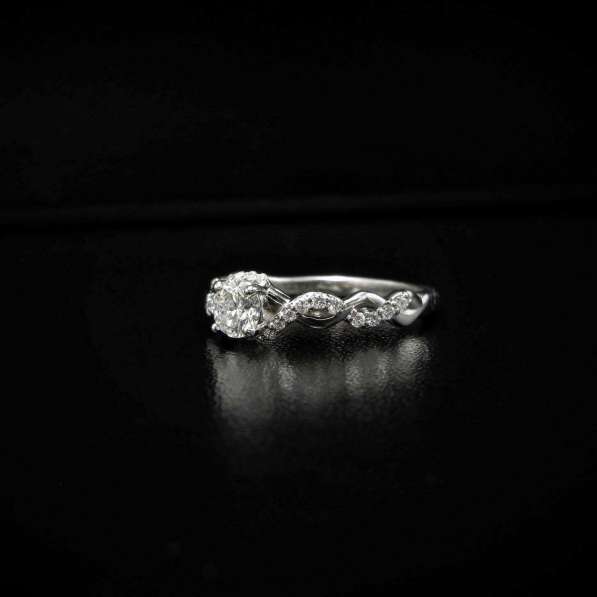 Allure Diamond Engagement Ring
Allure Diamond Engagement Ring -
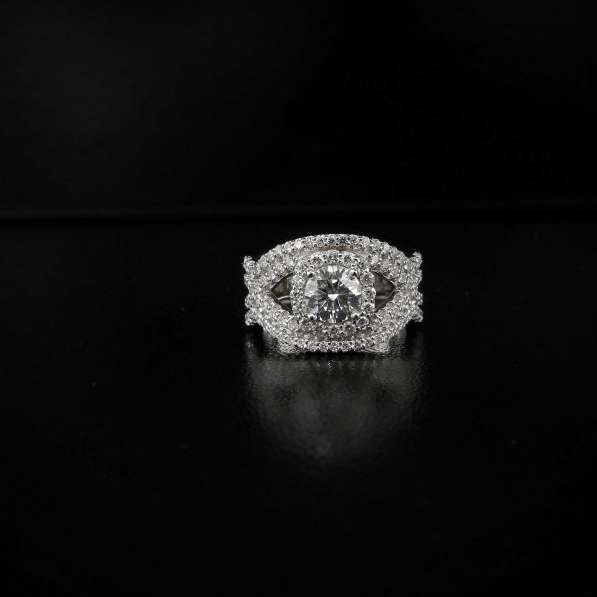 Allure Diamond Engagement Ring
Allure Diamond Engagement Ring -
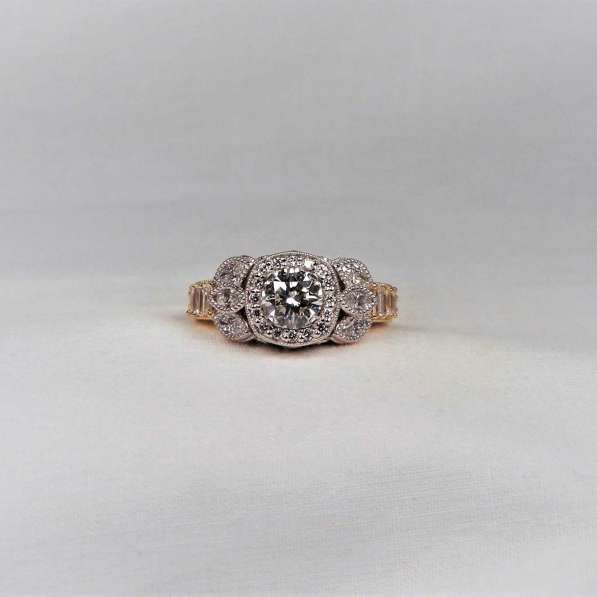 Allure Diamond Engagement Ring
Allure Diamond Engagement Ring -
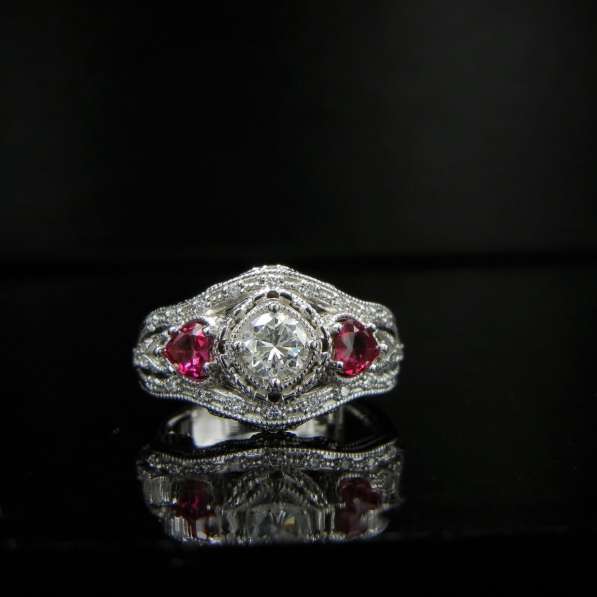 Allure Diamond Engagement Ring
Allure Diamond Engagement Ring -
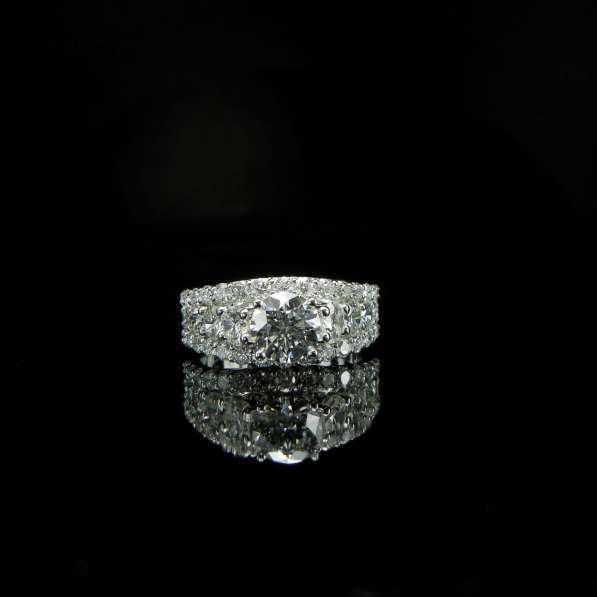 Allure Diamond Engagement Ring
Allure Diamond Engagement Ring -
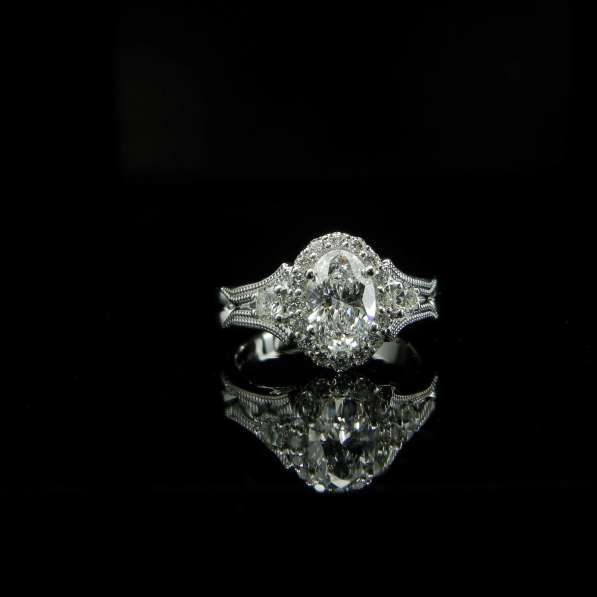 Allure Diamond Engagement Ring
Allure Diamond Engagement Ring -
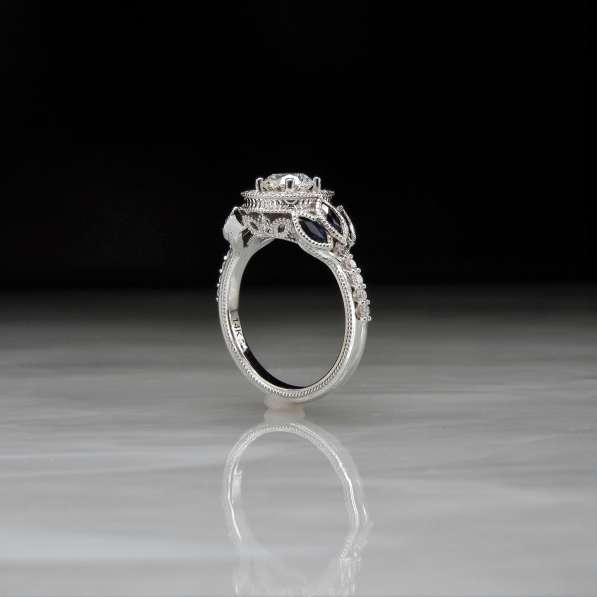 Allure Diamond Engagement Ring
Allure Diamond Engagement Ring -
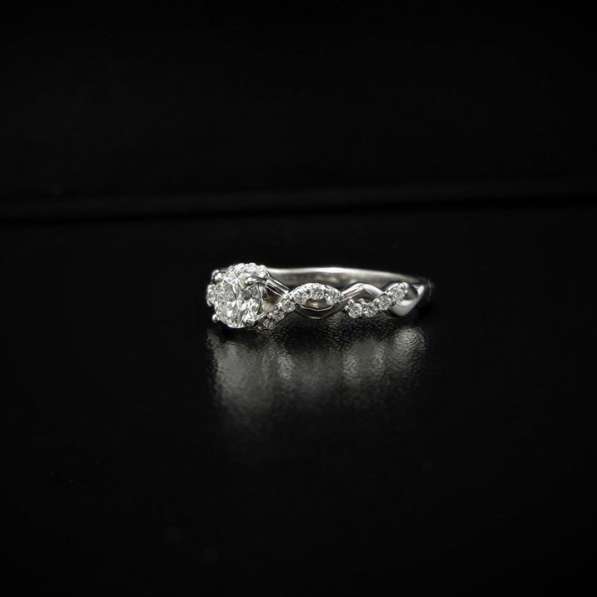 Allure Diamond Engagement Ring
Allure Diamond Engagement Ring -
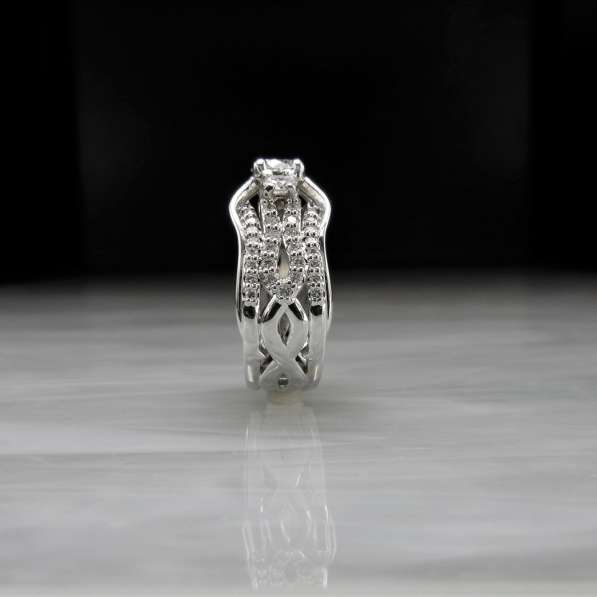 Allure Diamond Engagement Ring
Allure Diamond Engagement Ring -
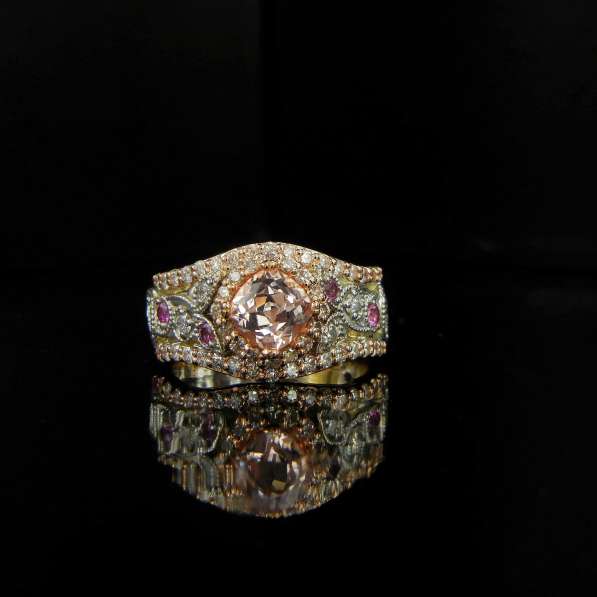 Allure Diamond Engagement Ring
Allure Diamond Engagement Ring -
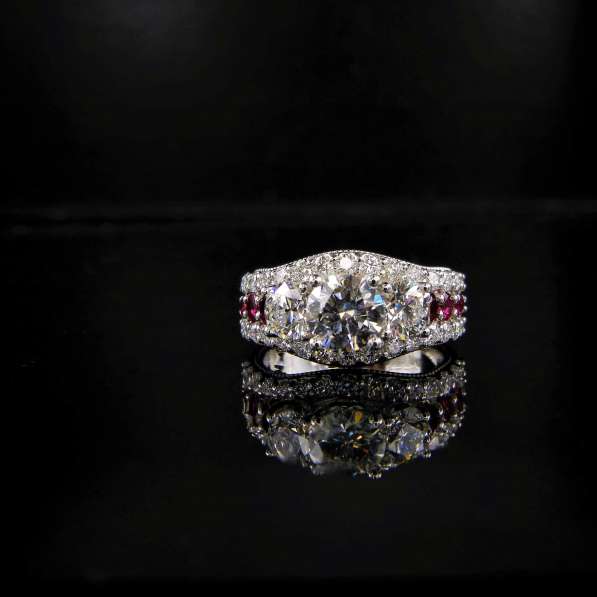 Allure Diamond Engagement Ring
Allure Diamond Engagement Ring -
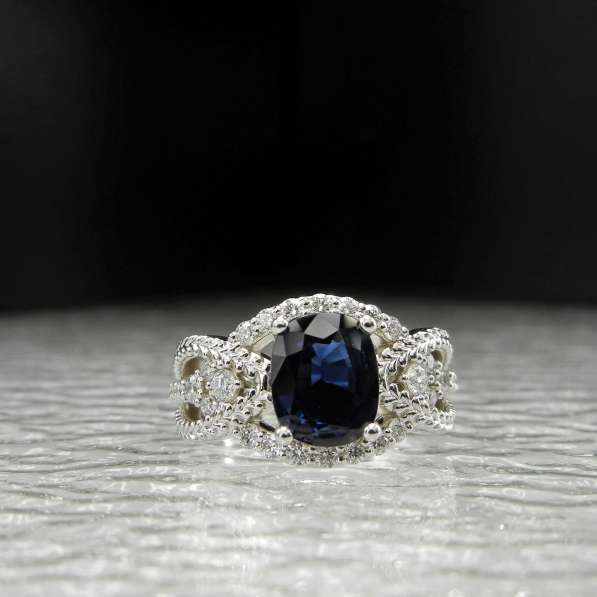 Allure Diamond Engagement Ring
Allure Diamond Engagement Ring -
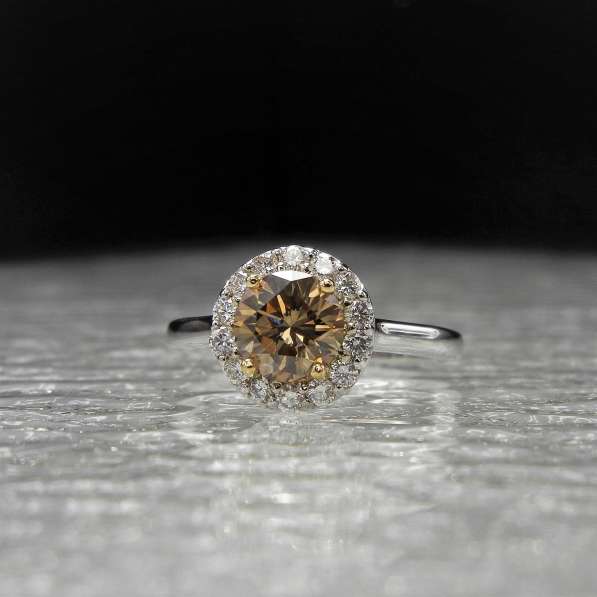 Allure Diamond Engagement Ring
Allure Diamond Engagement Ring -
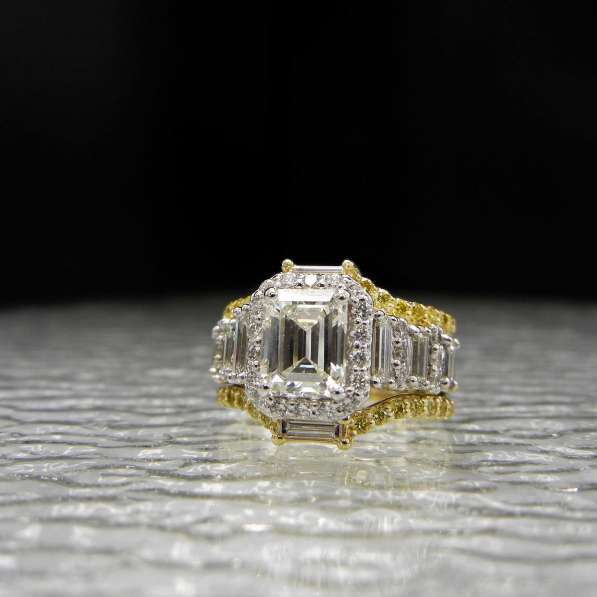 Allure Diamond Engagement Ring
Allure Diamond Engagement Ring -
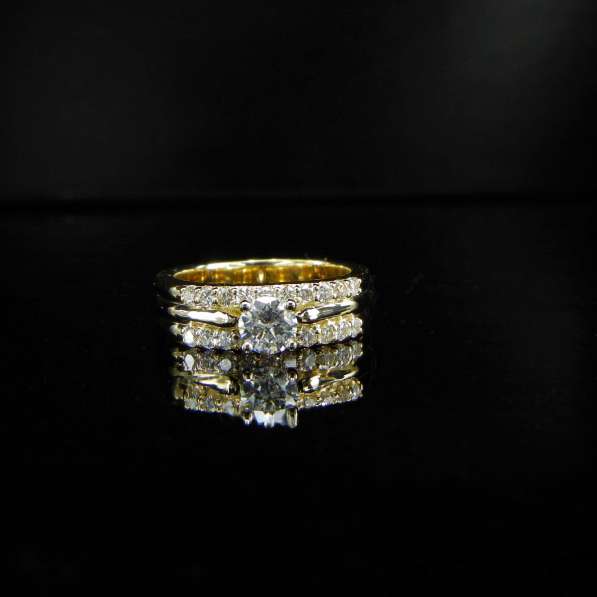 Allure Diamond Engagement Ring
Allure Diamond Engagement Ring -
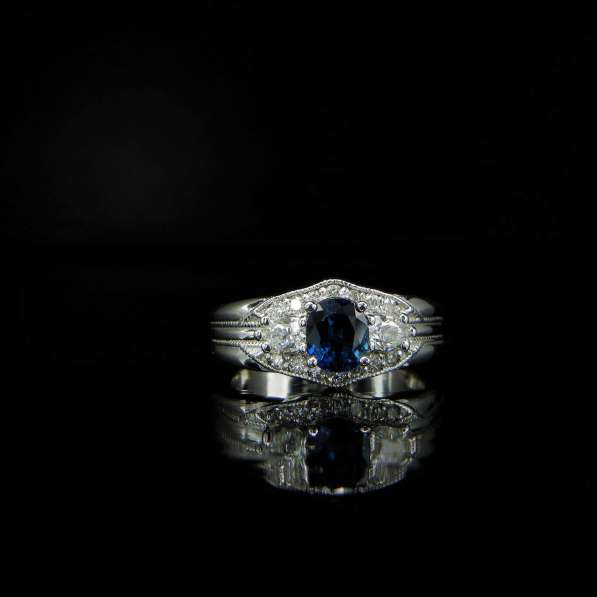 Allure Diamond Engagement Ring
Allure Diamond Engagement Ring -
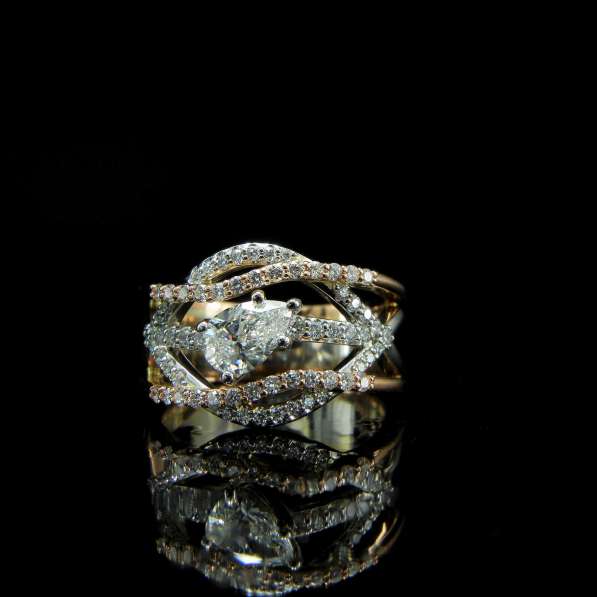 Allure Diamond Engagement Ring
Allure Diamond Engagement Ring -
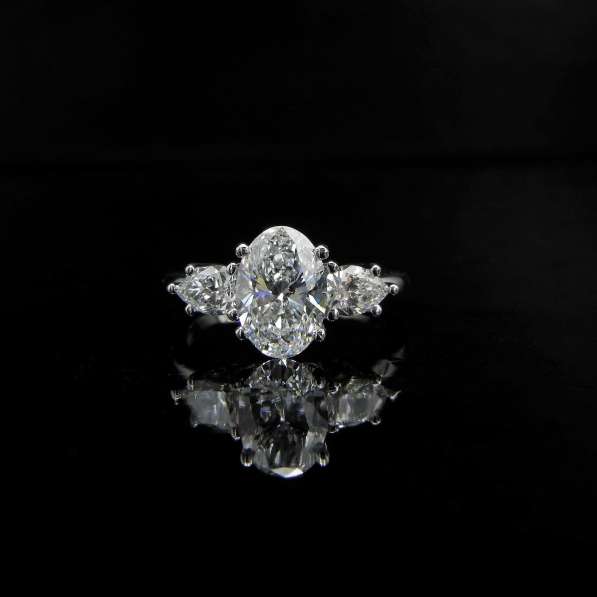 Allure Diamond Engagement Ring
Allure Diamond Engagement Ring
